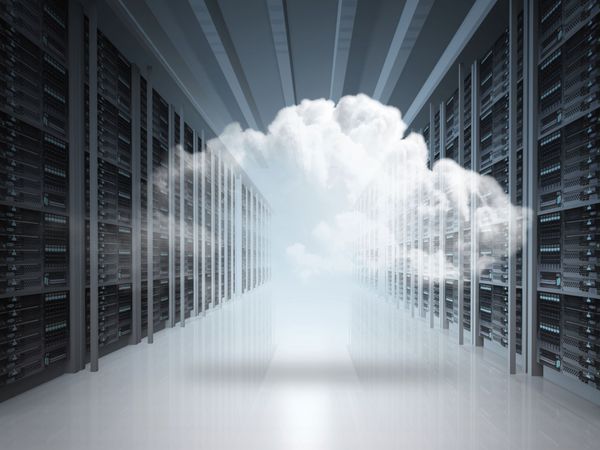Remote file access is pretty much what it sounds like: a service that lets you access your files anywhere, anytime and with whatever device you like, as long as you're connected to the Internet. This is what we invented the Internet for in the first place: to get at, share and collaborate on information at will (even if most of us will use it to share selfies, songs and cat videos).
Ever since we stopped working on mainframes and switched to PCs, we've had to contend with the problem of accessing files from other locations. First, we needed to bring work home with us, or lug disks and word processors to distant conferences. Later, laptops, smartphones and consoles vastly increased the portability of personal data, enabling us to take photos, videos and documents with us on planes or to the local coffee shop -- but we still had to deal with swapping files manually over networks, disks or flash drives, worrying all the while about whether we had the right version.
Advertisement
Internet access seemed like the answer, but the early (and slow) days of Internet connectivity made any but the simplest file transfer untenable. Rather than deal with the hassle, users would snail-mail or hand-deliver piles of disks (a process nicknamed "sneakernet"). Never underestimate the bandwidth of a van full of cartridges speeding across town.
Today, despite ever-ballooning file sizes, bandwidth has opened up enough that we can download gigabyte-sized games in minutes, and smartphones pack enough data throughput to stream movies. The bottleneck has moved from the pipeline to the spigot, opening the way for companies to provide remote file access services.
Larger corporations and universities have offered forms of remote access for years, either run internally or through server collocation facilities. Some use virtual private network (VPN) protocols and programs to gain secure access to office networks over the Internet, or allow access to your desktop remotely -- a boon to IT departments.
The difference between these services and remote file access is one of focus. Everyone, from individual users to small businesses, wants access to their files wherever they are, whether those files contain music, photos, movies, shared projects or a high-concept screenplay about monkey hacktivists. Remote file access gives you that, often for free, and synchronized to ensure you're using the most up-to-date version.
Advertisement



